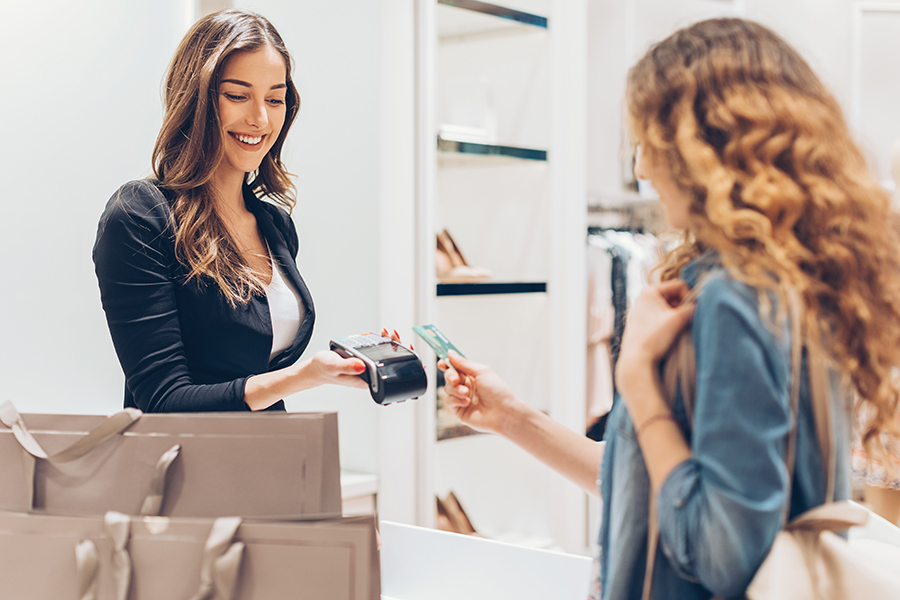In this comprehensive guide, we'll explore duty-free allowances in various countries, including the United Kingdom, Europe, Australia and the United States. Please note that while we provide general information, it's essential to verify the specific regulations for each destination, as rules can vary. For accurate and up-to-date details, we recommend checking official government websites. Additionally, we are not responsible for any incorrect information provided.
For a seamless and stress-free duty-free shopping experience, download the Priority Pass app. With the app, you gain access to Inflyter, a digital platform that allows you to shop duty-free online ahead of your flight. This innovative service enables you to explore an extensive range of products from renowned brands, compare prices, and make purchases at your own pace. By utilising Inflyter through the Priority Pass app, you can save time at the airport, avoid potential crowds, and ensure your desired items are available for your journey. So, elevate your duty-free shopping experience by downloading the Priority Pass app today. Happy shopping!

What is duty-free and what do you pay duty on?
Duty refers to the taxes and customs fees imposed on certain goods when they are imported or exported between countries. These charges are typically levied by governments to generate revenue and regulate the flow of goods.The items on which you may need to pay duty can vary depending on the country and its specific regulations. However, some common categories include alcohol, tobacco, perfumes, cosmetics, electronics and gadgets.
Duty-free shopping refers to the purchase of goods that are exempt from certain taxes and customs duties typically imposed on imported items.
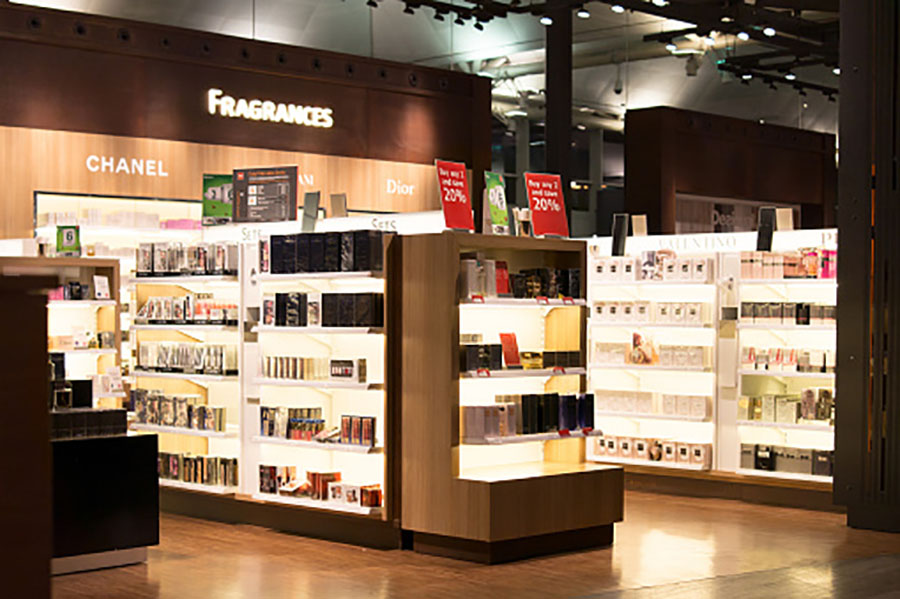
Tobacco |
The duty-free allowance for tobacco products in the UK is typically limited to 200 cigarettes or 100 cigarillos or 50 cigars or 250 grams of tobacco. Additional duties may apply if you exceed these allowances. | Duty-free tobacco allowances in Europe typically range from 200 to 800 cigarettes, or a proportional amount of other tobacco products such as cigars or loose tobacco. The exact limits vary by country. | The duty-free allowance for tobacco products is typically limited to 200 cigarettes or 100 cigars. Some restrictions may apply, and additional duties may be levied on quantities exceeding the allowance. | The duty-free allowance for tobacco products in Australia is generally limited to 25 cigarettes or 25 grams of cigars or tobacco products. Additional duties may apply if you exceed these allowances. | ||
Alcohol |
The duty-free allowance for alcohol in the UK varies depending on the type of beverage. Generally, travellers aged 17 and over are allowed to bring in one of the following: 1 litre of spirits or 2 litres of fortified wine (such as port or sherry) or sparkling wine, or 4 litres of still wine, or 16 litres of beer. Exceeding these limits may result in paying additional duties. | Duty-free alcohol allowances vary across European countries. They generally range from 1 to 5 litres of spirits, or a combination of spirits, wine, and beer. Restrictions may apply based on alcohol content and traveller's age. | Travelers aged 21 and over are generally allowed a duty-free exemption for up to one litre (approximately one quart) of alcohol, including wine, liquor, or beer. Additional amounts may be subject to duties and state taxes. | The duty-free allowance for alcohol in Australia varies depending on the type of beverage. Generally, travellers aged 18 and over are allowed to bring in up to 2.25 litres of alcoholic beverages (wine, beer, spirits) duty-free. Exceeding this limit may result in paying additional duties. | ||
Cosmetics |
There is no specific duty-free allowance for perfumes and cosmetics in the UK, Europe, the USA or Australia. These items are generally subject to duties and taxes based on their value and quantity. | |||||
Electronics |
Personal electronic devices such as smartphones, tablets, and laptops that are owned and used by the traveller are generally allowed without duties. However, items intended for resale or exceeding personal use quantities may be subject to duties and taxes. | |||||
Warning |
Duty-free allowances and regulations can vary and change. For precise details, refer to the latest information from the respective government websites or contact customs authorities. Stay updated for duty-free allowances in the UK, Europe, the US, and Australia. | |||||
The rules of buying duty-free
When purchasing duty-free items, there are certain rules and guidelines to follow. These may include age restrictions for specific products such as alcohol and tobacco, as well as limitations on the quantity of items you can bring duty-free. Familiarise yourself with these rules to ensure a smooth shopping experience.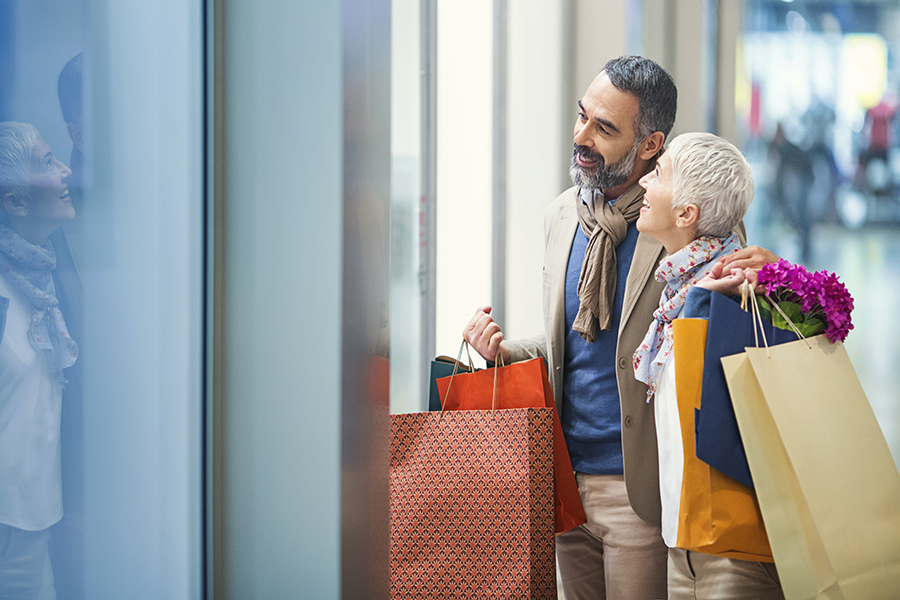
How to declare duty-free goods that exceed your allowance
Declaring duty-free goods that exceed your allowance is crucial to avoid any penalties or legal issues. Here's a breakdown of the declaration process in the Europe, USA, and Australia:Goods to declare in Europe
1. Fill out a declaration form: Upon arrival in Europe, you will need to complete a declaration form, usually provided by customs officials. This form requires you to provide information about the goods you are carrying and their value.2. Approach the red customs channel: Look for the red customs channel or "Goods to Declare" signs at the airport or port. This is where you should proceed if you have goods to declare or if you've exceeded your duty-free allowance.
3. Present your declaration form and supporting documents: Hand over your completed declaration form to the customs officer along with any supporting documents such as receipts, invoices, or proof of purchase for the items you're declaring.
4. Pay applicable duties and taxes: Based on the value and type of goods you're declaring, the customs officer will assess any applicable duties, taxes, or fees. You will be required to pay these charges on the spot. Payment can usually be made by cash or credit/debit card.
5. Obtain necessary documentation: After paying the duties and taxes, the customs officer will provide you with the relevant documentation, which may include a receipt, import permits, or other necessary paperwork. Keep these documents safe as proof of payment.
It's important to note that the process for declaring duty-free goods exceeding your allowance may vary depending on the airport or country and this simply serves as a general guide. If you have any specific concerns or questions, it's recommended to consult the official government website or seek assistance from customs officials upon arrival.

Goods to declare in the USA
1. Complete the Customs Declaration Form: Prior to arrival in the USA, you will receive a Customs Declaration Form (typically Form CBP 6059B) on your flight or vessel. Fill out this form accurately and completely, providing details about the goods you are carrying, their value, and other required information.2. Proceed to the Customs Declaration Area: After disembarking from your flight or vessel, follow the signs or instructions to reach the Customs Declaration Area. This is where you will declare your goods to the U.S. Customs and Border Protection (CBP) officers.
3. Present the Declaration Form and Supporting Documents: Approach the CBP officer and present your completed Customs Declaration Form along with any supporting documents, such as receipts, invoices, or proof of purchase for the items you are declaring. Provide honest and accurate information to facilitate the declaration process.
4. Declare the Excess Goods: Inform the CBP officer that you have goods that exceed your duty-free allowance. Describe the items and their value clearly and truthfully. The officer may ask additional questions or request further documentation if necessary.
5. Pay Applicable Duties and Taxes: Based on the assessed value of the goods, the CBP officer will calculate any applicable duties, taxes, or fees. You will be required to pay these charges, usually in the form of cash or credit/debit card. The CBP officer will provide instructions on payment procedures.
6. Obtain Necessary Documentation: After paying the duties and taxes, the CBP officer will provide you with relevant documentation, such as a receipt or CBP Form 3419A, which confirms the payment and compliance with customs regulations. Keep these documents safe as proof of payment.
Note that the process may vary slightly depending on the port of entry and specific circumstances. It's recommended to consult the official U.S. Customs and Border Protection website or contact CBP directly for the most up-to-date information and guidance regarding duty declarations in the USA.

Goods to declare in Australia
1. Complete the Incoming Passenger Card: When arriving in Australia, you will be provided with an Incoming Passenger Card during your flight or vessel. Fill out this card accurately and completely, including details about the goods you are carrying, their value, and other required information.2. Proceed to the Customs Declaration Area: After disembarking from your flight or vessel, follow the signs or instructions to reach the Customs Declaration Area. This is where you will declare your goods to the Australian Border Force (ABF) officers.
3. Declare the Excess Goods: Approach the ABF officer and inform them that you have goods that exceed your duty-free allowance. Describe the items and their value honestly and clearly. The officer may ask additional questions or request further documentation if needed.
4. Present the Declaration Card and Supporting Documents: Provide your completed Incoming Passenger Card to the ABF officer, along with any supporting documents such as receipts, invoices, or proof of purchase for the items you are declaring. Ensure that you have the necessary documentation to verify the value and legitimacy of the goods.
5. Pay Applicable Duties and Taxes: Based on the assessed value of the goods, the ABF officer will calculate any applicable duties, taxes, or fees. You will be required to pay these charges, usually in the form of cash or credit/debit card. The officer will provide instructions on payment procedures.
6. Obtain Necessary Documentation: After paying the duties and taxes, the ABF officer will provide you with relevant documentation, such as a receipt or ABF Form B374, confirming the payment and compliance with customs regulations. Keep these documents safe as proof of payment.
It's recommended to consult the official Australian Border Force website or contact ABF directly for the most up-to-date information and guidance regarding duty declarations in Australia.
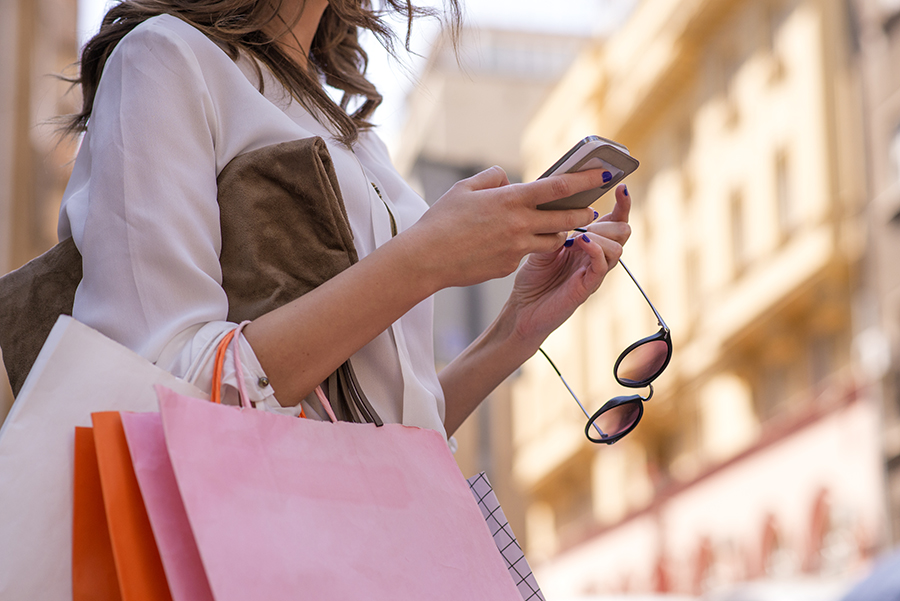
Duty-free allowances
Duty-free allowances can typically be found in two main sources: online and within the duty-free shops themselves.Online: Official government websites of the country you're departing from or arriving at are reliable sources for finding duty-free allowances. These websites often provide detailed information regarding the specific quantities and types of items you can bring into or take out of a country duty-free. Additionally, you can refer to trusted travel resources and websites that offer comprehensive guides on duty-free shopping.
Duty-free Shops: Once you arrive at an airport or other international departure points, you'll find duty-free shops available before or after going through customs and immigration. These shops typically have brochures, pamphlets, or information boards that display the duty-free allowances for different categories of products, such as alcohol, tobacco, cosmetics, and electronics. The staff in the duty-free shops can also provide guidance and assist you in understanding the allowances specific to your destination.
While duty-free shops provide some information, it's always advisable to check online sources beforehand to have a better understanding of the allowances. This will allow you to plan your purchases and ensure compliance with the regulations of your destination country.
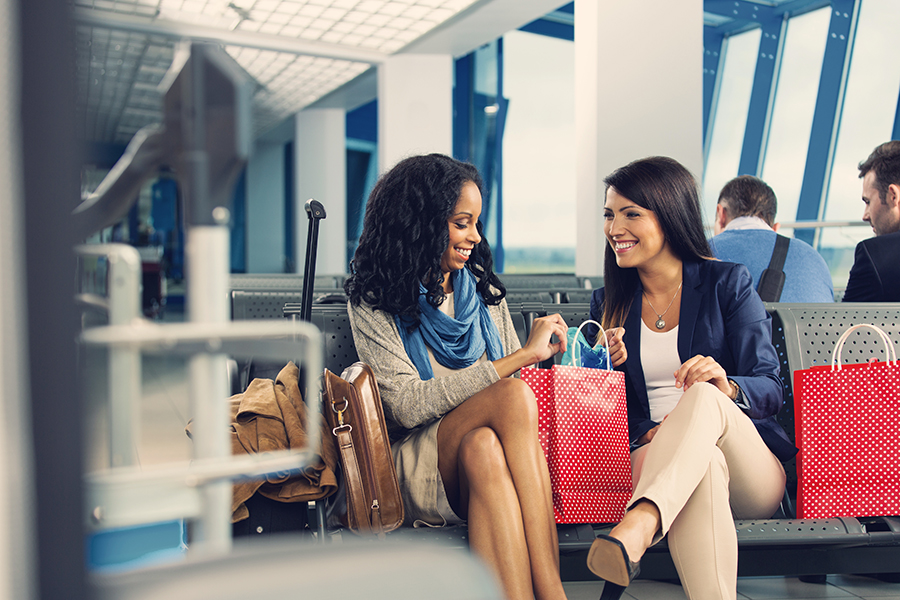
What happens if you go over?
If you exceed your duty-free allowance, you may be required to pay customs duties and taxes on the items you've purchased. The consequences for surpassing your allowance can vary depending on the country you're entering. In some cases, you might have to pay a fine or have the excess items confiscated. To avoid any unwanted surprises or penalties, it's crucial to adhere to the duty-free limits and regulations of the country you're visiting.How much money should you save by buying duty-free?
The amount of money you can save by buying duty-free items depends on several factors, including the tax rates and retail prices in your home country and the destination. Generally, duty-free prices are lower than regular retail prices due to tax exemptions and cost savings for retailers. However, the savings can vary significantly depending on the specific product and location. It's advisable to compare prices between duty-free and regular retail stores to determine the potential savings for the items you intend to purchase.